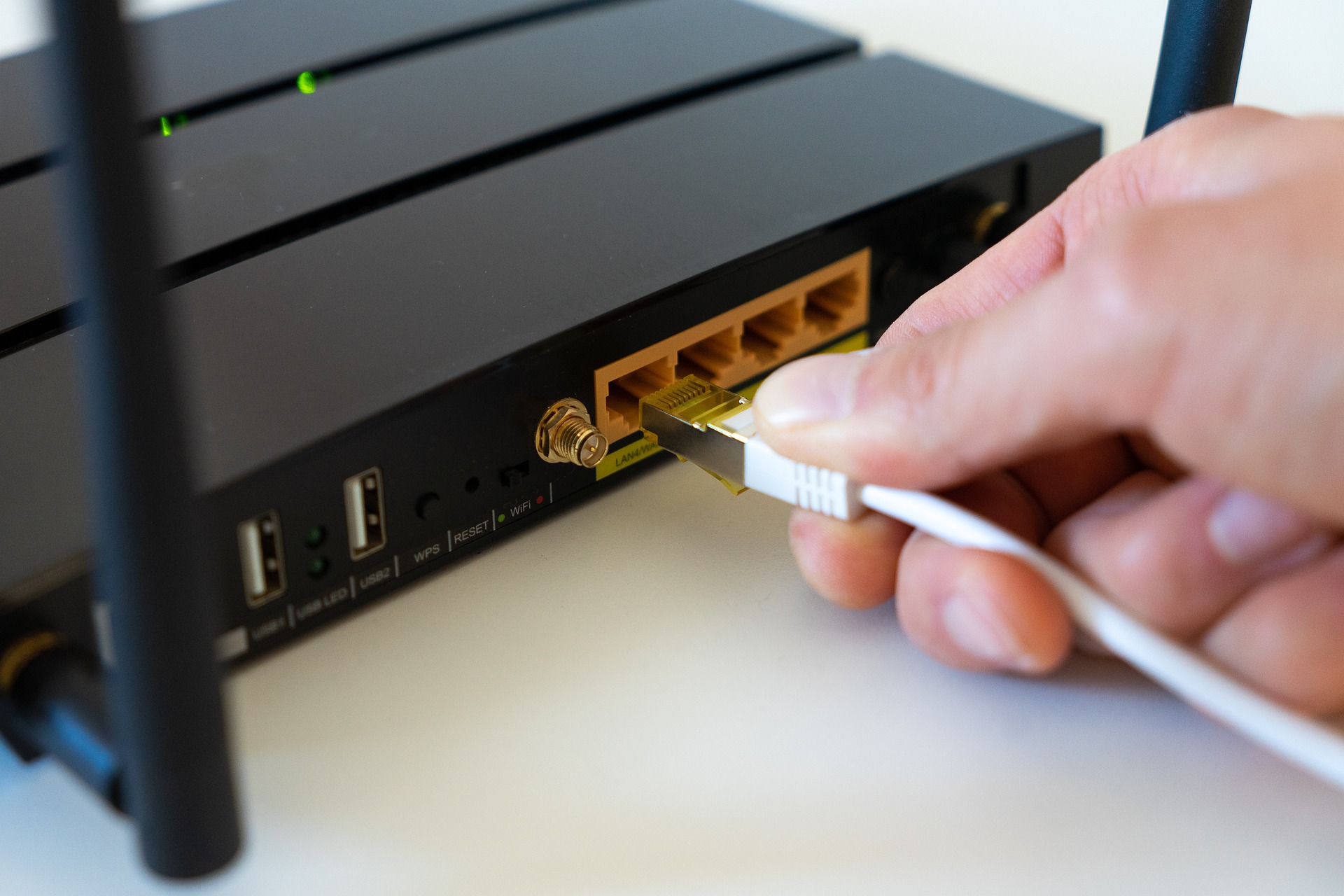Boosting Connectivity: The Role of TV White Space
In the ever-evolving landscape of telecommunications and internet services, TV White Space (TVWS) technology is steadily gaining momentum. This technology, which utilizes unutilized portions of the TV broadcast spectrum, has the potential to revolutionize the way we connect. But how did it all begin, and what does the future hold for TVWS?
The Genesis of TV White Space
TVWS refers to the unused portions of the VHF and UHF spectrum, originally allocated for television broadcasting. As television moved from analog to digital, portions of the spectrum were left unused. Recognizing the potential of this underutilized resource, telecom regulators worldwide began exploring ways to repurpose these “white spaces.”
In the United States, the Federal Communications Commission (FCC) took the lead, approving the use of TVWS for unlicensed broadband services in 2010. Since then, other countries, including the UK, Canada, and Singapore, have followed suit, opening up their own TVWS for broadband use.
TV White Space and Broadband Connectivity
The most compelling use case for TVWS is in providing broadband connectivity, especially in areas where traditional wired or wireless solutions are impractical. TVWS signals, being lower frequency, have a longer range and better penetration through obstacles, making them ideal for rural or hard-to-reach locations.
In the US, Microsoft’s Airband Initiative is leveraging TVWS to bring broadband to rural communities. In Africa, where wired infrastructure is often lacking, initiatives like Project Isizwe in South Africa are using TVWS to deliver free Wi-Fi in underserved communities.
The Regulatory Landscape and Future Trends
Regulation is a critical factor in the development and deployment of TVWS technology. Regulators must balance the needs of existing spectrum users, such as TV broadcasters and wireless microphone operators, against the potential benefits of TVWS.
Internationally, there is a growing trend towards dynamic spectrum access, where available spectrum is shared among multiple users. This approach, combined with geolocation databases to prevent interference, could unlock the full potential of TVWS.
Despite the challenges, the future looks bright for TVWS technology. As demand for connectivity continues to grow, particularly in the wake of the COVID-19 pandemic, the need for innovative solutions like TVWS is more apparent than ever.
The Impact of TV White Space
TVWS is more than just a technology; it’s a tool for social and economic empowerment. By bringing connectivity to areas that were previously offline, it has the potential to bridge the digital divide, providing access to education, healthcare, and economic opportunities.
Additionally, TVWS could play a role in the future of IoT, providing the long-range, low-power connectivity needed for IoT devices. Though it may not be a household name yet, TVWS is a technology to watch in the coming years.
This article has explored the fascinating world of TV White Space, a technology that holds the promise to reshape the way we connect, especially in hard-to-reach areas. While challenges remain, its potential impact on society and the global economy makes it an exciting area to watch in the telecommunications sector.






